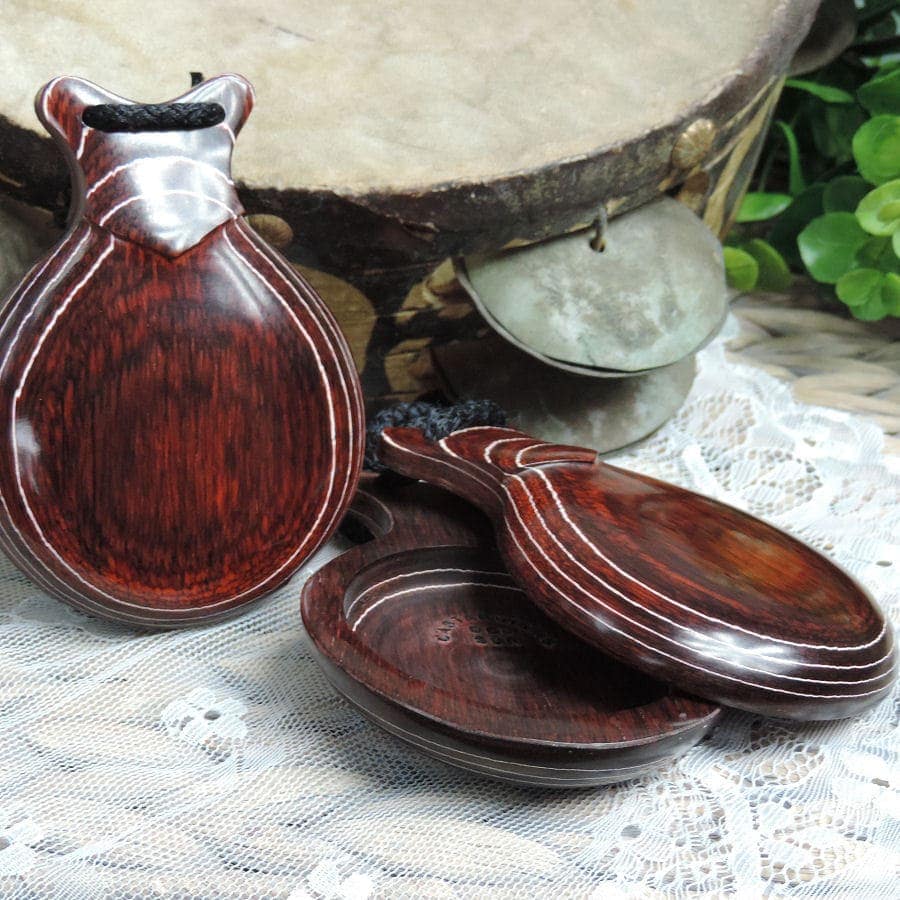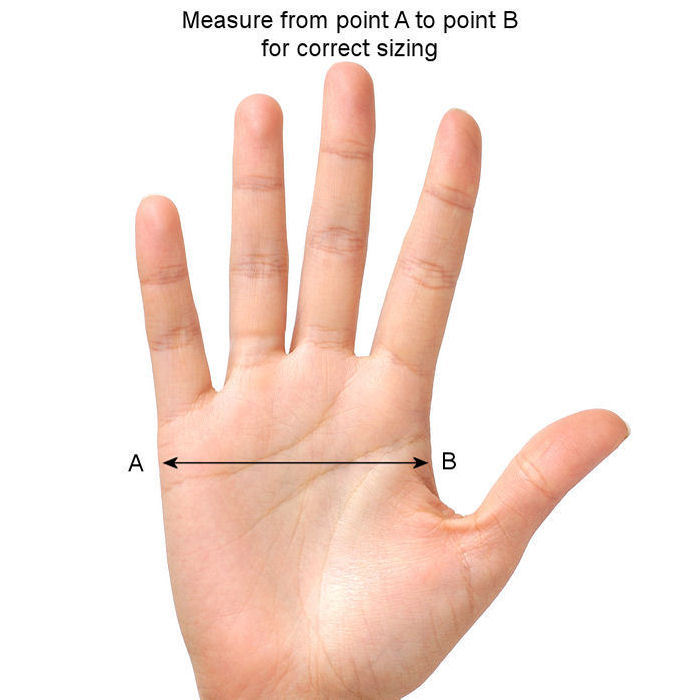SHOP CASTANETS NOW
Pairs of shell shaped percussion instruments connected by a string called Spanish castanets. Historically, hardwoods such as Granadillo or Ebano produced the best quality castanets. Production techniques now include using synthetic laminated materials. These methods apply heat and pressure to many layers of wood, paper, or cloth impregnated with resin. As a result, the final product is an extremely durable and resilient instrument resistant to humidity and temperature changes. Castanets or castañuelas have remained extremely popular in Spanish culture as well as worldwide.
Part of Spanish Culture
Castanets are an integral part of folkloric dances such as the Sevillanas. Spain has given castanets their place today in Flamenco music and dance. Dancers play castanets by resting one pair in each hand with strings looped around the thumb. Castanets are then tapped with the fingertips knocking them together. Rapidly striking the castanet with fingers in sequence produces the rhythmic sound. The bass castanet pair, called “macho” or male, played in the left hand marks the musics beat. The treble pair, called “hembra” or female, is higher pitched and played with a complex rhythm. Enjoy this video, How to Play Castanets – Introduction.
Different castanets types will produce higher or lower tones tones depending on their weight and material. Another factor influencing tone is the depth of the hollows (sound boxes) insides of each castanet. Castanets feature single sound boxes, or multiple, depending on the preference of the dancer. Less material, therefore lighter weight, results in a different tone.
Be sure to keep your castanets protected in a castanet pouch or bag. We offer several hand made castanet storage options.
Egyptian, Greek, Roman and Moorish dancers have used this type of instrument throughout history. Evidence shows that early people made the instruments from shells, stones and bone.
At some point, the instruments migrated to the Iberian Region.
CASTANET TIPS
- Castanets should fit comfortably in your palm. (slightly smaller
 is ideal) Please refer to sizing image for correct fit
is ideal) Please refer to sizing image for correct fit - When not using your castanets, it is important to keep them in a bag or pouch to protect them from humidity and heat
- Male or “macho” castanet (lower tone) is held in left hand
- Female or “hembra” castanet (has a small slit at the top) higher tone and held in right hand
- The shell is the round part of castanet
- Ears are the top part in which which the string passes through to hold the two halves together
- Sound box is the inside part of each half of the castanet
- Be sure to keep your castanets protected in a castanet pouch
Video below shows some of the steps used by craftsmen to make each pair of castanets. Enjoy!
